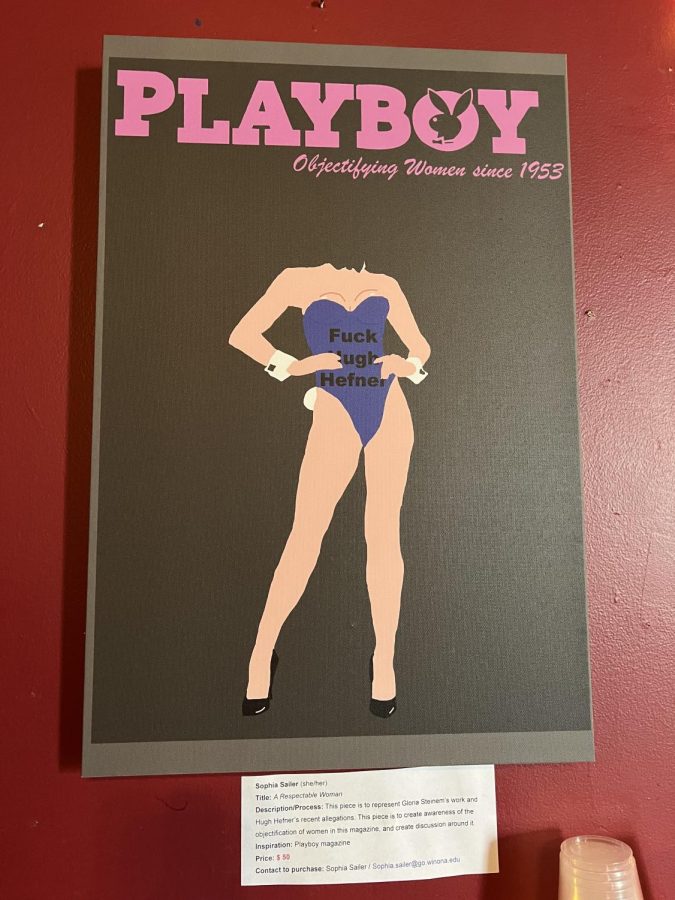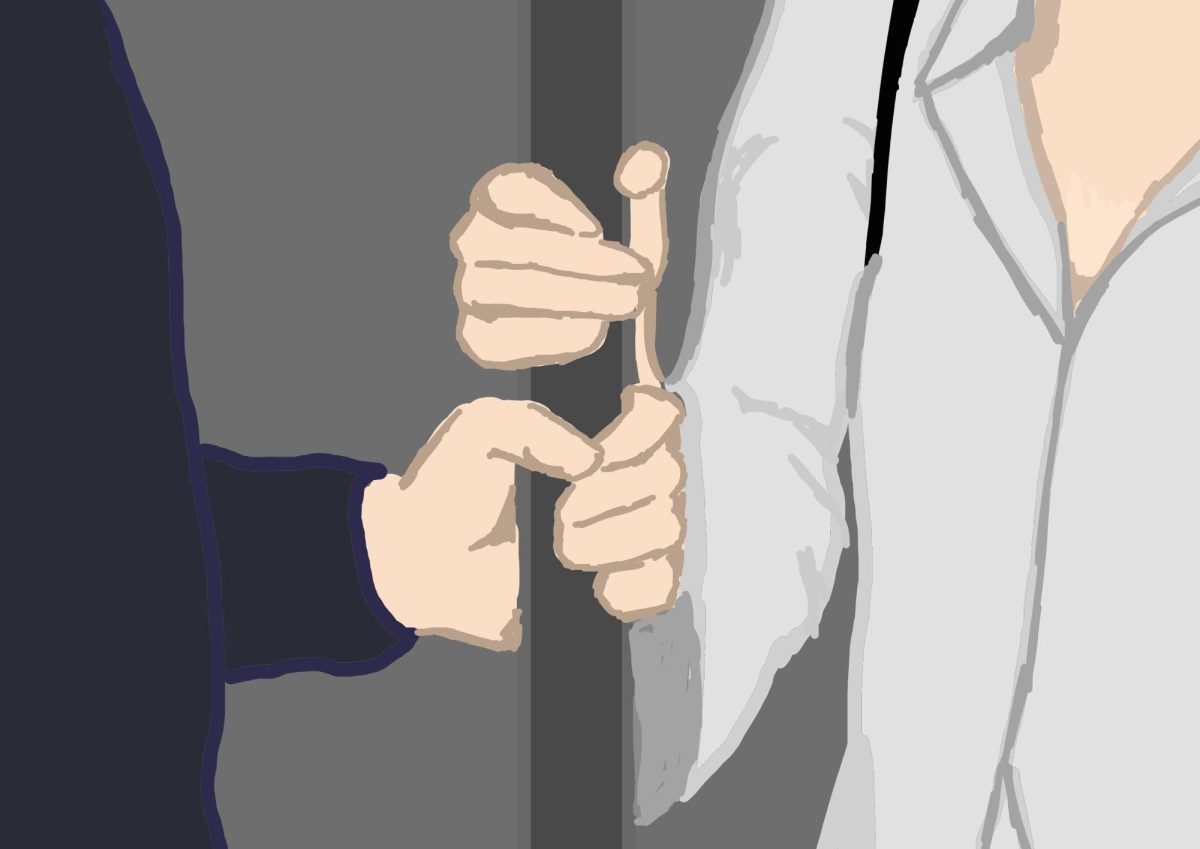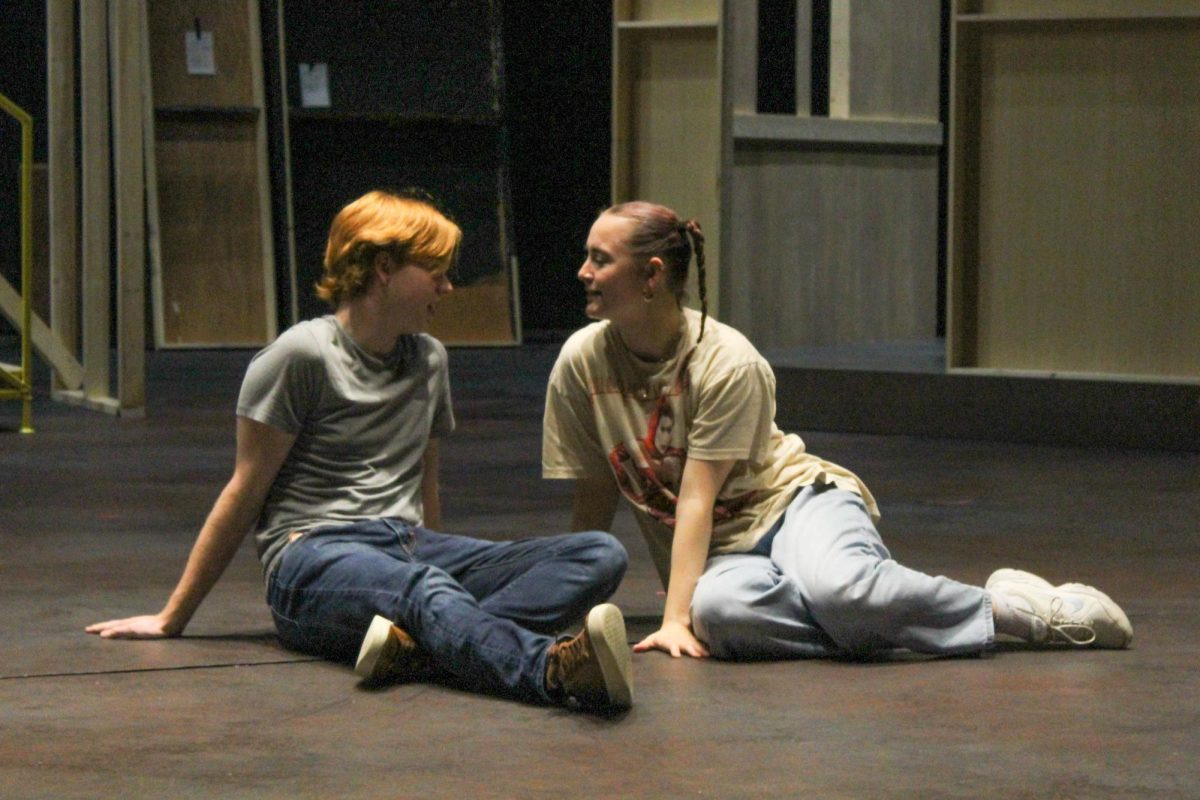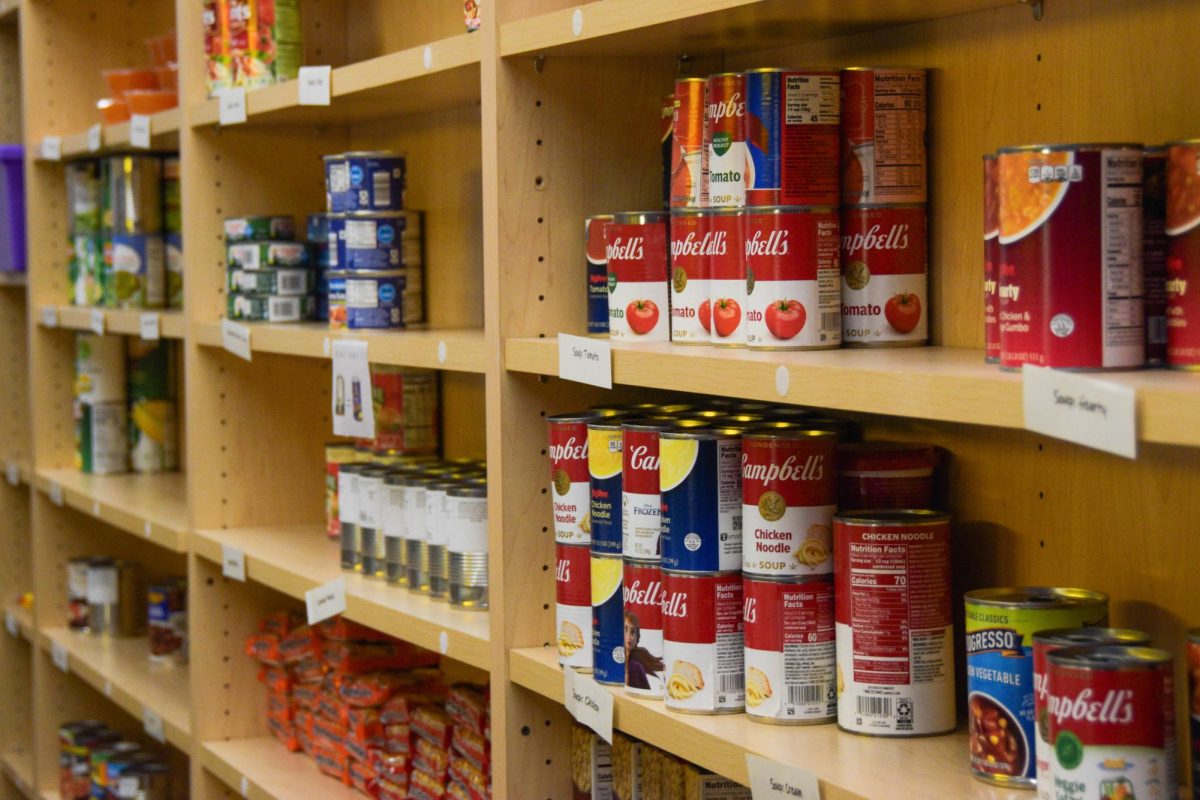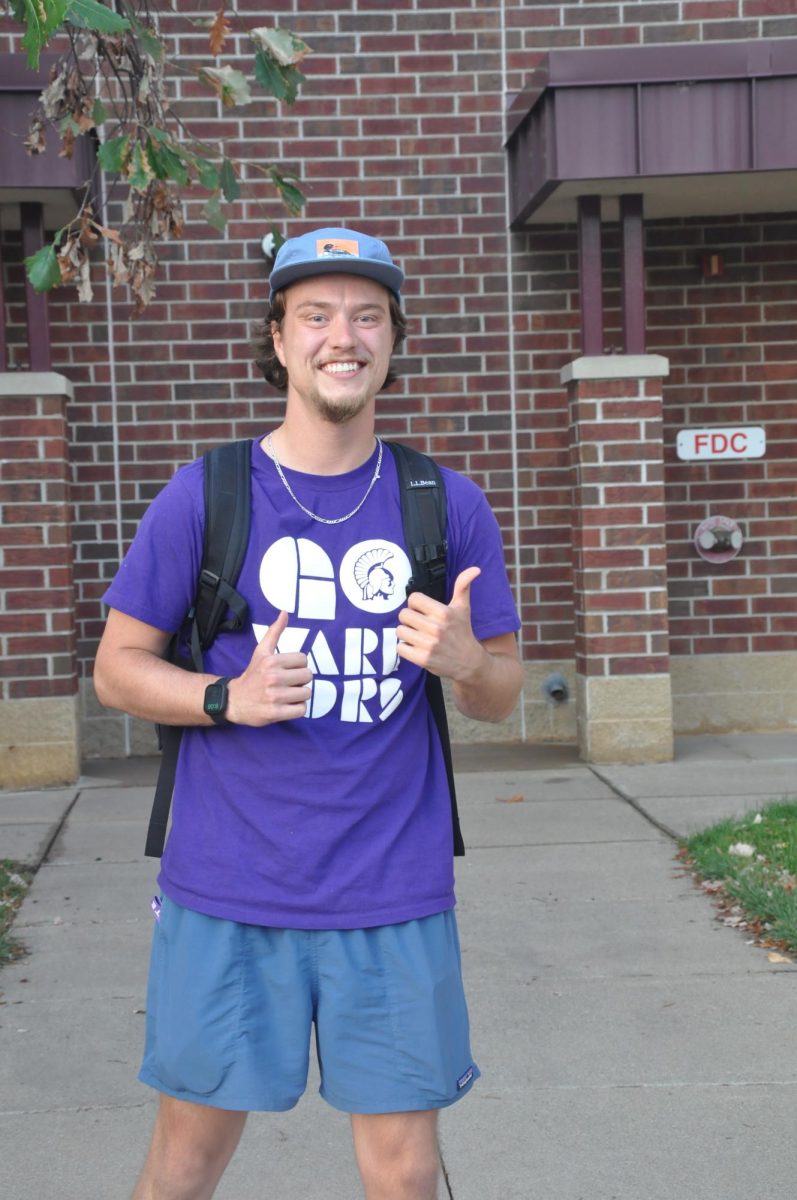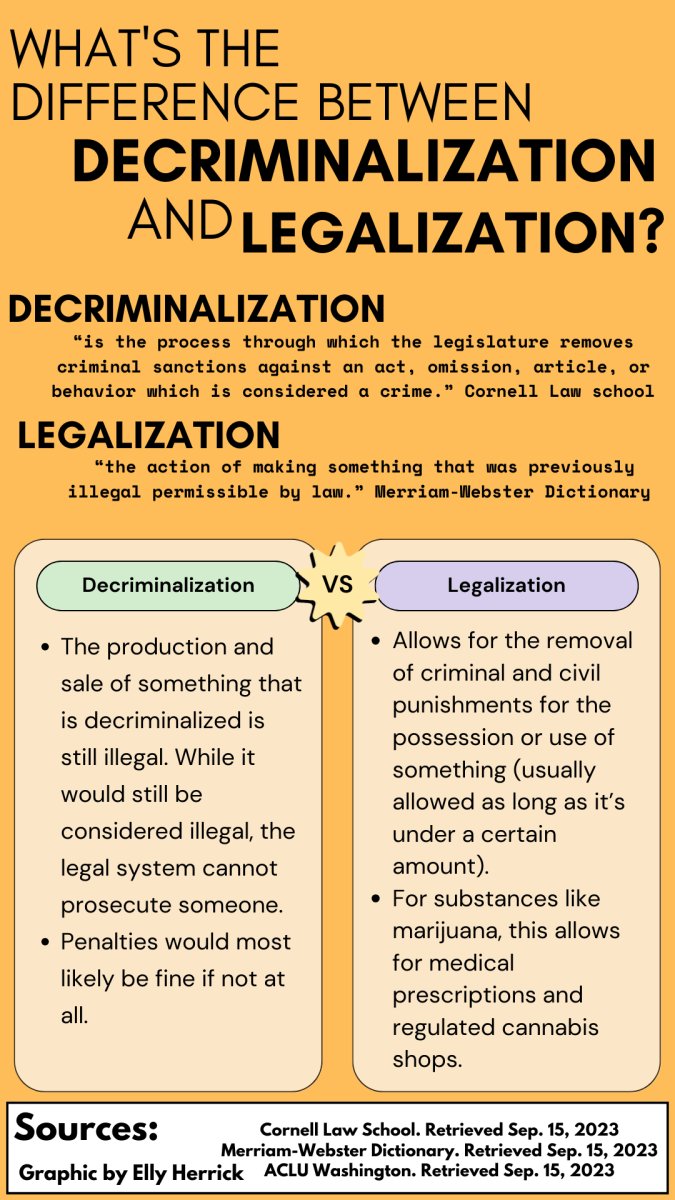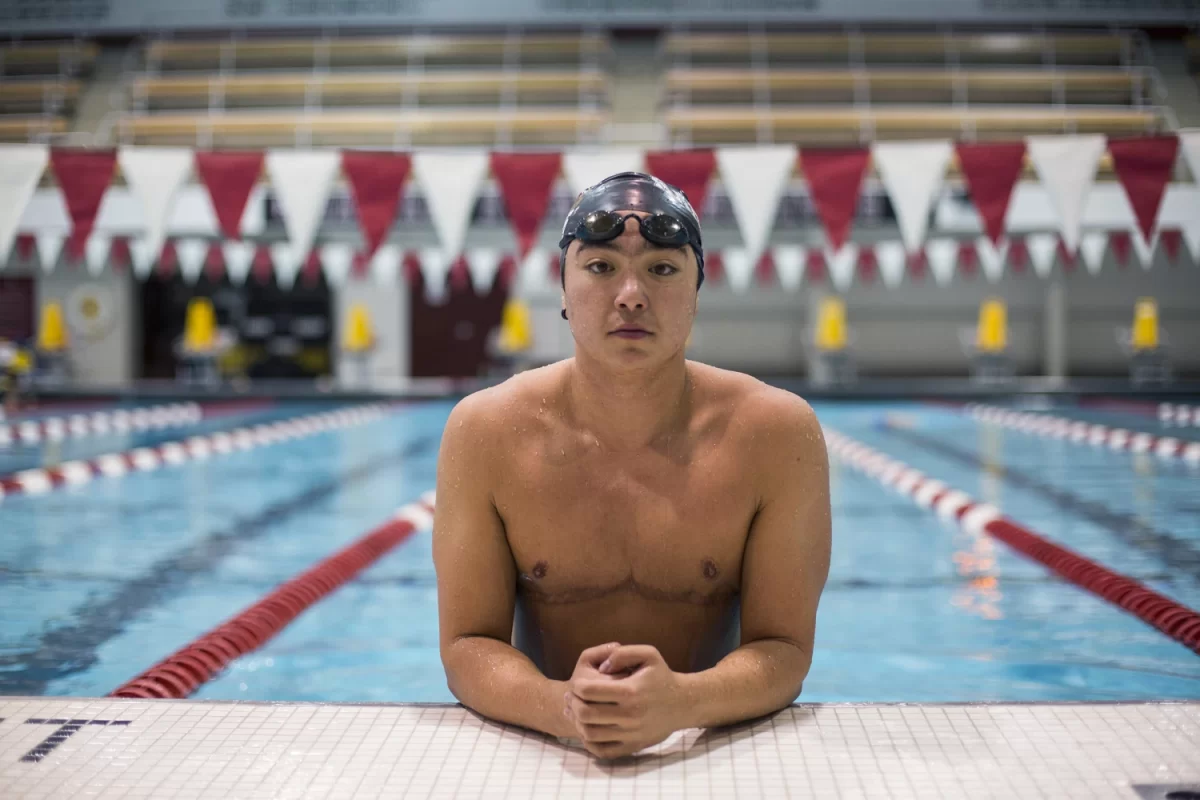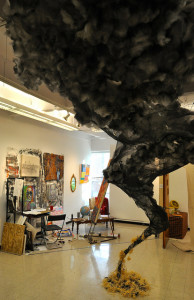
BARTHOLOME RONDET
Rebecca Mueller/Winonan
Just beyond the entrance of the Weber Gallery, a giant tornado swallows up plastic army men and virtually the entire room.
This sculpture installation, titled “Spiral Damnation,” was one of five works on display in the Weber Art Gallery in Watkins Hall from Sept. 30 through Oct. 3. Other installations were titled “Fracturing America,” “Untitled,” “A Place in Mind” and “Modern Poverty in Broken America.”
A group of students in professor Anne Scott Plummer’s Sculpture I and II classes made each sculpture installation.
“It’s one of the first things they notice,” Joel Jannetto, who worked with his classmates Karlee Holets, Adrian Horsfall and Jay Lynn Johnson to create “Spiral Damnation,” said.
For many people, a sculpture installation calls to mind images of statues or other three-dimensional forms. In contrast, installation art is meant to transform a specific space so that the viewer is surrounded by art.
“You’re supposed to walk into their space and kind of imagine yourself in it,” student artist Jake LeClaire said.
Visitors to the gallery were permitted and expected to walk into each space and picture themselves inside.
In the piece “A Place in Mind,” visitors stepped into the room of an old-fashioned woman. They could then imagine her identity based on clues in the surroundings, such as the book A Place in Mind, the mug next to the chair and the ornaments in the window.
Kim Guderian, who worked on “A Place in Mind” with classmates Nika Foltz, Christin Gill and Courtney Guenveur, said that a lot of visitors were confused at first, because they did not know they were allowed to go inside. The focal point of the installation was the window, which could only be seen by stepping into the space.
The sculpture students had just a week to complete the installation, including just three class periods. This meant that a lot of work was done outside of class.
Because of the time constraints, teamwork was essential in every step of the process, from designing the project to assembling it in the gallery.
“If it was just one person, it wouldn’t have been made,” Megan Corcoran, who worked with Kathleen Krum and Tahira Darling to make “Modern Poverty in Broken America,” said.
With only a $50 budget, the student artists were forced to use inexpensive materials and found objects as much as possible. Many of the items were contributed from their own apartments.
The student artists also collected free materials found around town. Guderian said her group found the door for their installation at a local construction project. They were allowed to have it for free and carried it a distance of 20 blocks back to campus.
Though the student artists had certain interpretations in mind, the feedback they received from visitors proved that artists face challenges when trying to convey the meaning of their work.
“Art’s open to interpretation,” LeClaire said. He and group members Amy Setley, Aaron Rykhus and Emily Petersen made the installation “Untitled.”
Their installation was intended to represent the contrasts between two occupants: a wealthy art-buying couple and a poor alcoholic artist. Several viewers interpreted the installation as a shared space instead of the intended two separate setups.
Other pieces had political messages to convey. For instance, “Fracturing America,” made by Erin Gunelson, Spencer Farl and Carter Cripe, spoke to the impact of hydraulic fracturing. The piece included a diorama and a binder with information about fracking.
Each installation is intended to stand on its own, but Guderian found that the tornado in the center of the gallery served to tie all five installations together. The resulting message, as well as the individual messages of each piece, is subject to the viewers’ interpretation.
Contact Rebecca at [email protected]




























































